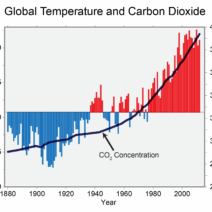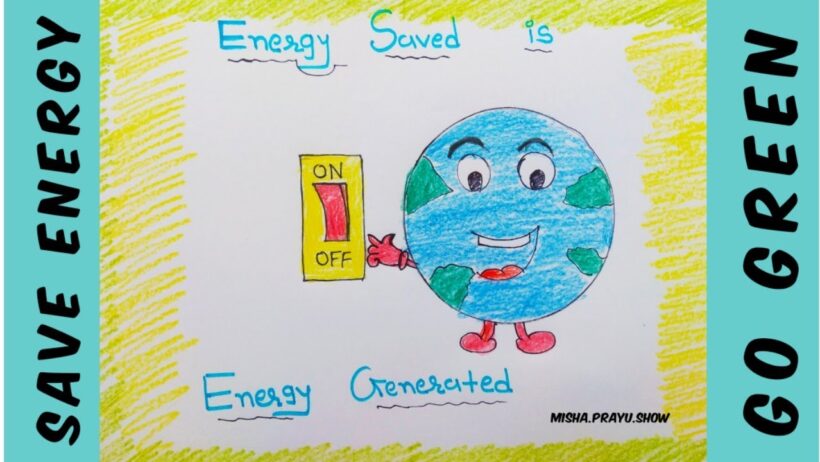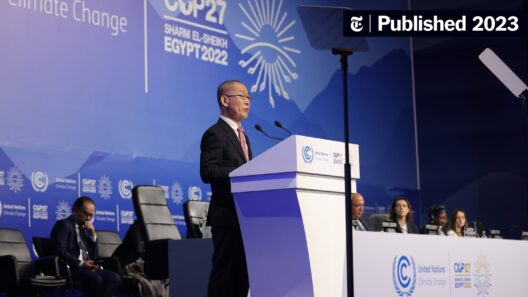Conserving energy is a critical component in the fight against climate change, and it is essential to incorporate scientific principles into our daily lives. As the global demand for energy continues to escalate, understanding how to utilize scientific strategies can markedly reduce energy consumption and mitigate environmental degradation. This exploration will delve into various methodologies for conserving energy, their implementation in daily routines, and the multifaceted benefits that arise from such efforts.
At the cornerstone of energy conservation lies the principle of efficiency. Efficiency refers to the ratio of useful output to the total input. In the context of energy usage, it pertains to utilizing less energy to achieve the same outcomes, whether that be heating our homes, powering appliances, or commuting. For instance, switching from traditional incandescent light bulbs to compact fluorescent lamps (CFLs) or light-emitting diodes (LEDs) can significantly diminish energy usage. Studies indicate that LED bulbs use approximately 75% less energy and last 25 times longer than incandescent bulbs. Such lighting upgrades, while seemingly minor, cumulatively manifest substantial energy savings.
Moreover, the adoption of energy-efficient appliances can further bolster conservation efforts. The ENERGY STAR program provides a rating system for appliances that meet stringent energy efficiency guidelines set by the U.S. Environmental Protection Agency. By investing in appliances such as refrigerators, washing machines, and dishwashers that bear this designation, consumers can reduce their energy consumption by up to 30% compared to standard models. This shift not only lessens an individual’s carbon footprint but also translates into financial savings over time.
Beyond home appliances, the realm of transportation presents fertile ground for energy conservation. The advent of electric and hybrid vehicles marks a pivotal moment in the transition toward more sustainable commuting options. These vehicles operate on electricity or a combination of electricity and gasoline, drastically reducing greenhouse gas emissions. Furthermore, practicing carpooling or utilizing public transportation can yield significant reductions in energy use. It is essential to comprehend that the transformation in transportation modes, including walking and biking, also contributes to energy conservation while simultaneously fostering healthier lifestyles.
Heating and cooling are significant contributors to energy consumption in residential and commercial buildings. Approximately 48% of the energy use in a typical U.S. home is attributed to heating and cooling. Thus, employing energy conservation practices such as proper insulation, weather stripping, and installing programmable thermostats is imperative. By sealing leaks and ensuring that homes are adequately insulated, homeowners can maintain desired indoor temperatures without over-reliance on heating or cooling systems. It is advisable to set thermostats at recommended levels: around 68°F in winter and 78°F in summer can foster significant energy savings.
Incorporating renewable energy sources into everyday practices is another pivotal strategy for energy conservation. Solar panels, wind turbines, and geothermal systems harness natural energy that replenishes itself and emits no greenhouse gases. For households willing to invest in solar energy systems, the benefits include decreasing dependency on fossil fuels and, in many cases, becoming energy independent. Tax incentives and rebates can alleviate installation costs, making renewable energy sources more accessible than ever before.
Education and awareness also play a vital role in fostering a culture of energy conservancy. Schools, community organizations, and online platforms can disseminate crucial information regarding energy-saving techniques and the reasoning behind them. Programs focused on instilling energy consciousness in children can have profound implications for future generations, creating a populace that prioritizes sustainability. Workshops on practical energy-saving measures—such as energy audits that assess home energy use—can empower individuals to implement tangible changes in their daily lives.
As we explore the relationship between science and energy conservation, it is important to consider the concept of sustainable practices. Sustainability in energy utilization encompasses not only the methods of consumption but also the broader societal and ecological implications. Sustainable energy practices advocate for renewable resources, ethical sourcing, and the responsible management of energy outputs. For example, utilizing locally sourced materials and energy can enhance community resilience while mitigating transportation-related energy expenditure.
Integrating energy conservation into daily routines also includes the conscious consumption of goods. It is essential to consider the life cycle of products—from extraction and manufacturing to disposal. Supporting companies that prioritize energy-efficient production methods or engage in sustainable practices can influence market dynamics. By purchasing environmentally responsible products, consumers can create a ripple effect in the marketplace, incentivizing businesses to adopt greener practices.
In conclusion, conserving energy is multifaceted and deeply intertwined with scientific innovation and practical application in daily life. By integrating efficient practices, embracing renewable energy sources, and promoting awareness, individuals can actively participate in fostering a sustainable future. Each small action contributes to a larger, collective effort to mitigate climate change and preserve our planet for future generations. The responsibility lies with each of us, as custodians of this Earth, to adopt these practices and inspire others to do the same. Through conscientious choices, we can create a more sustainable world, overcoming the challenges posed by energy consumption head-on.








